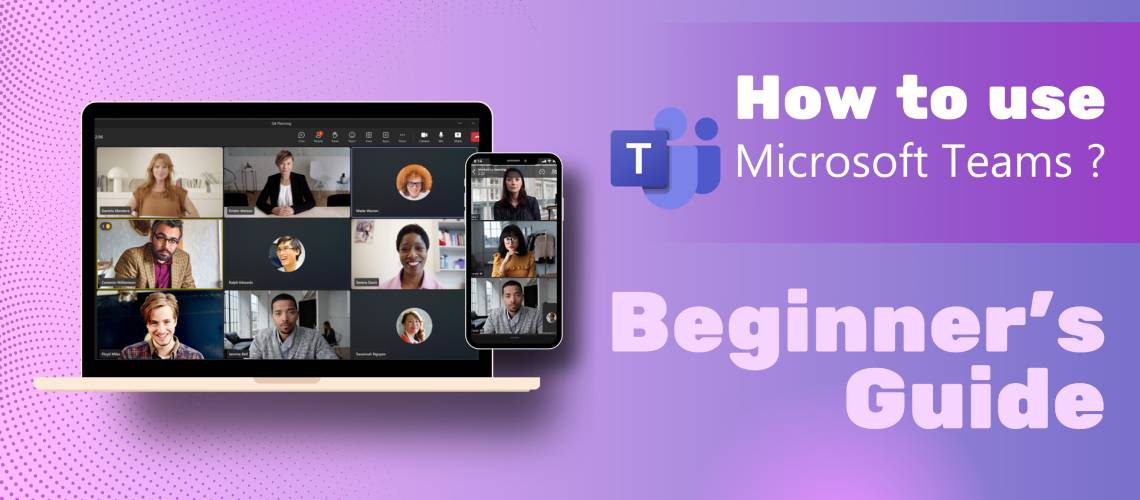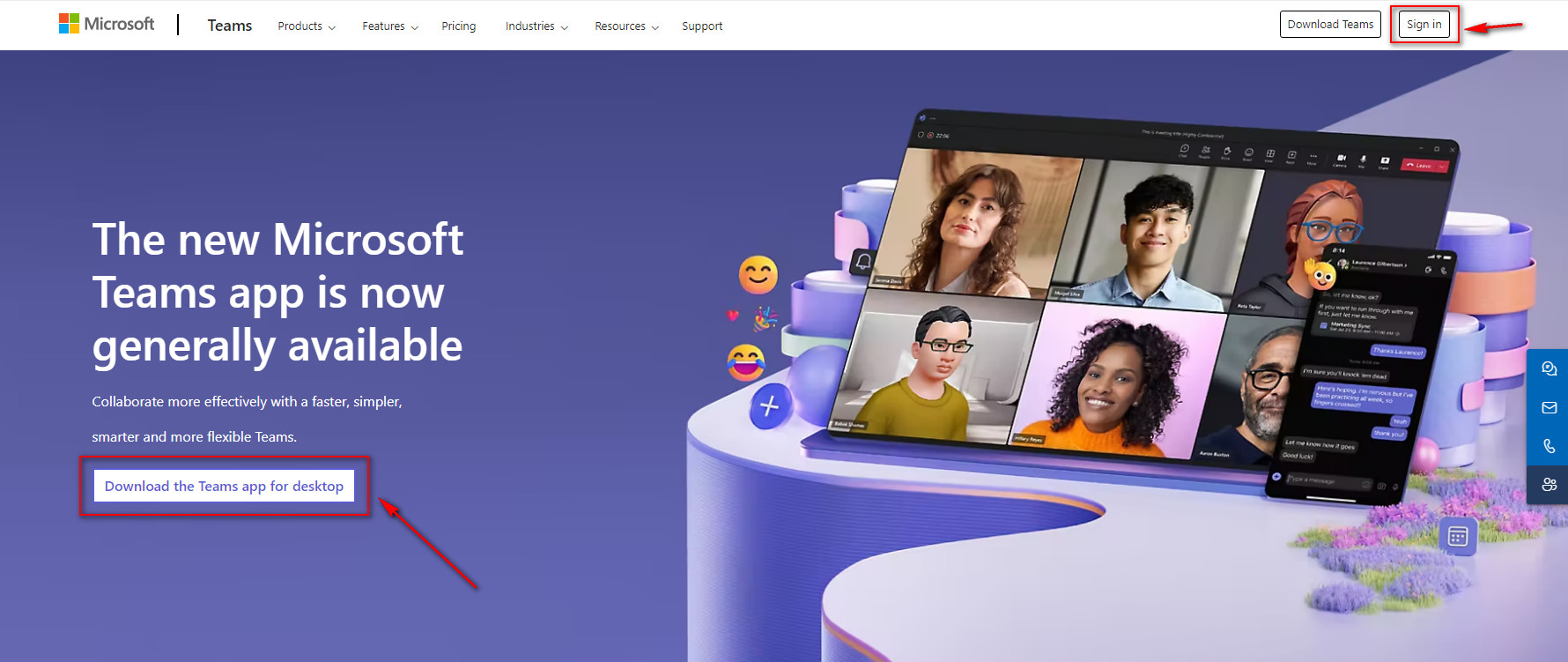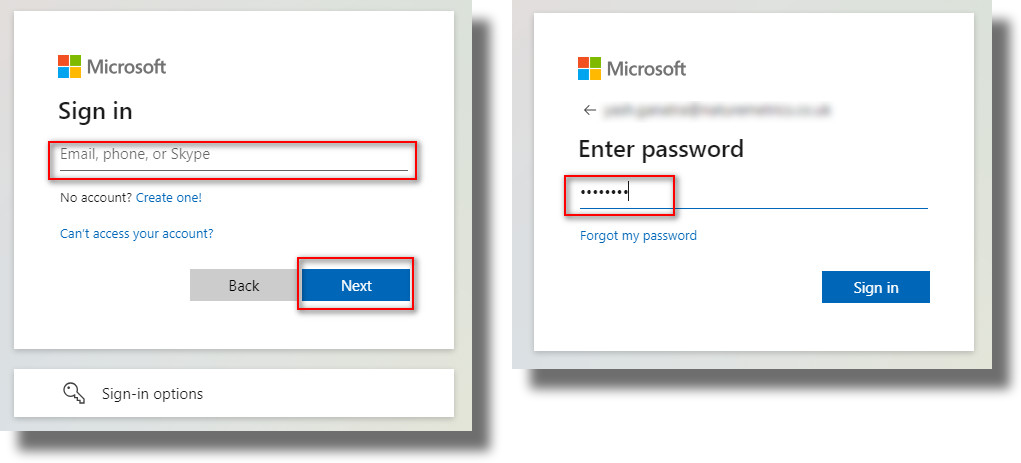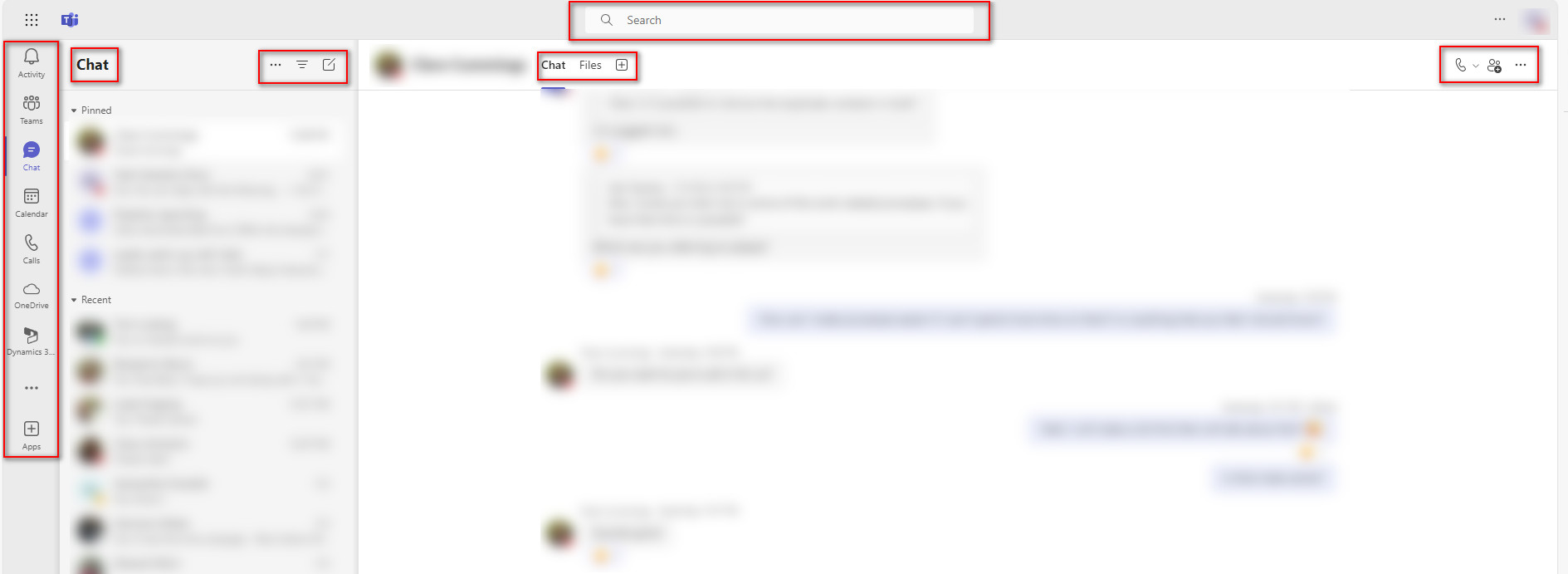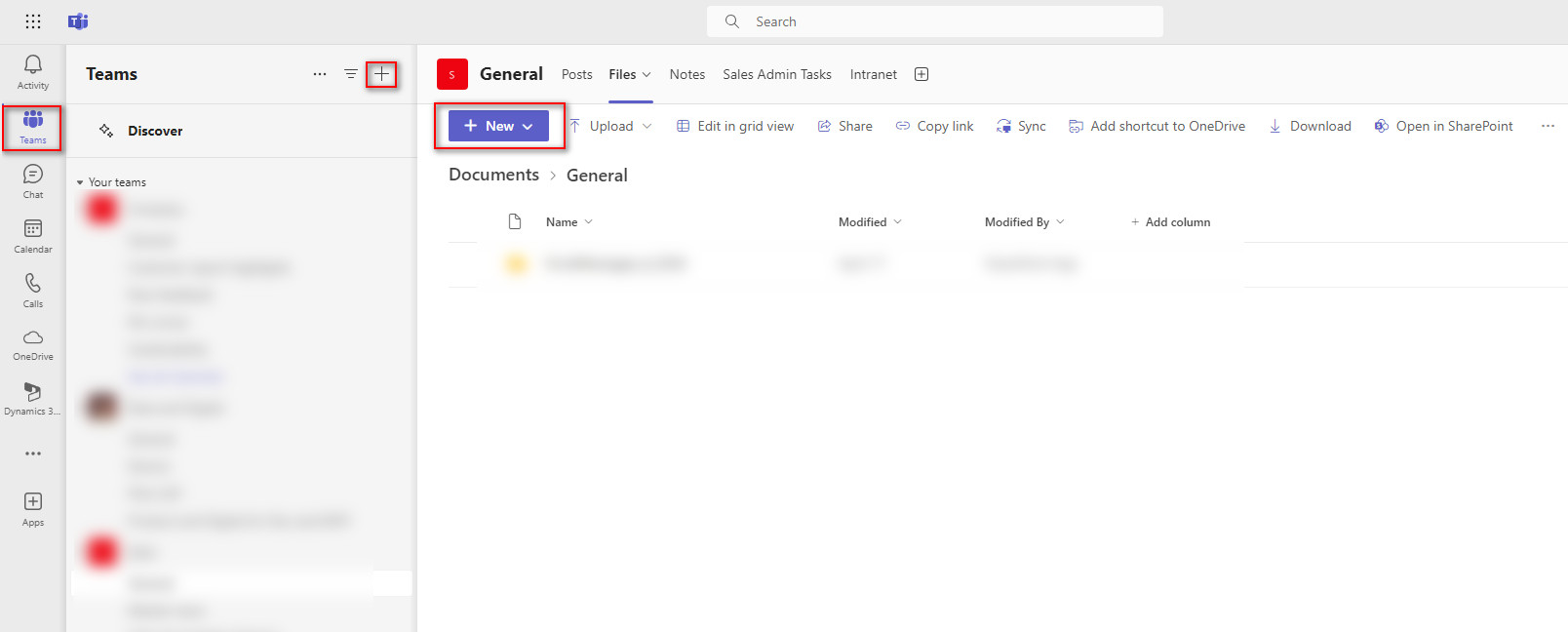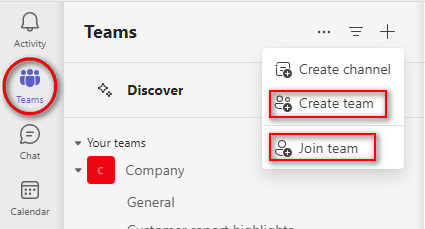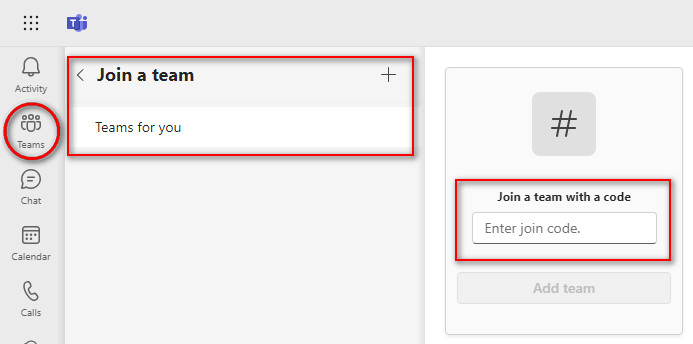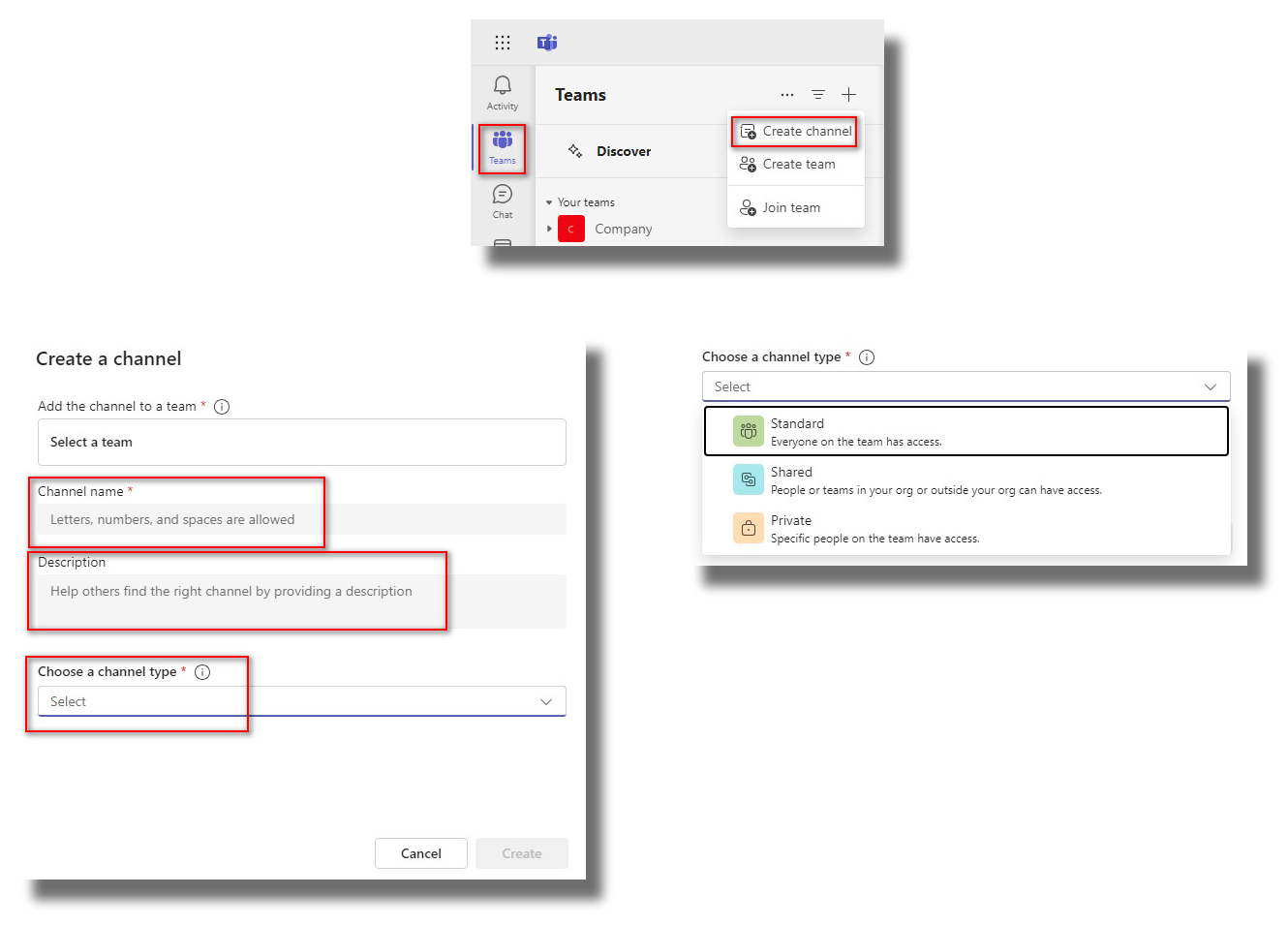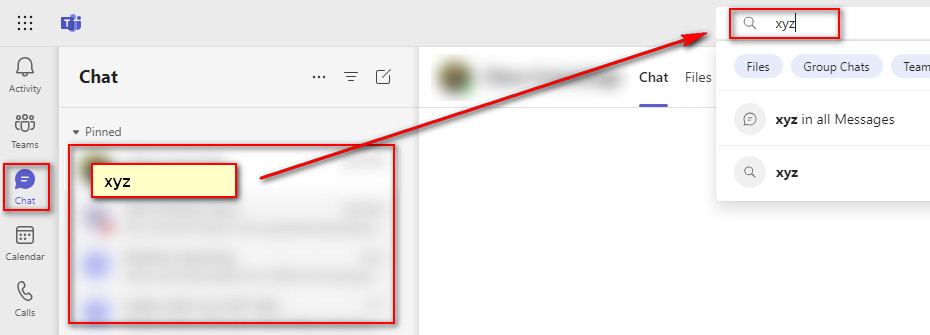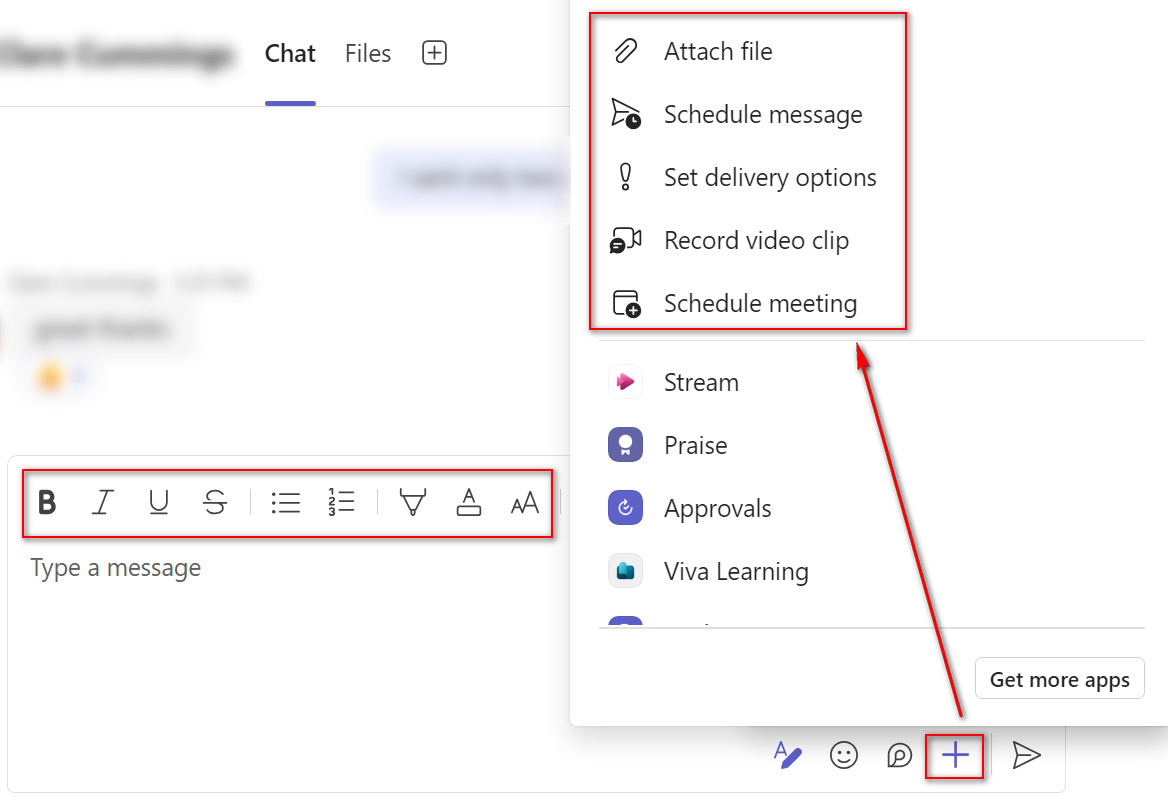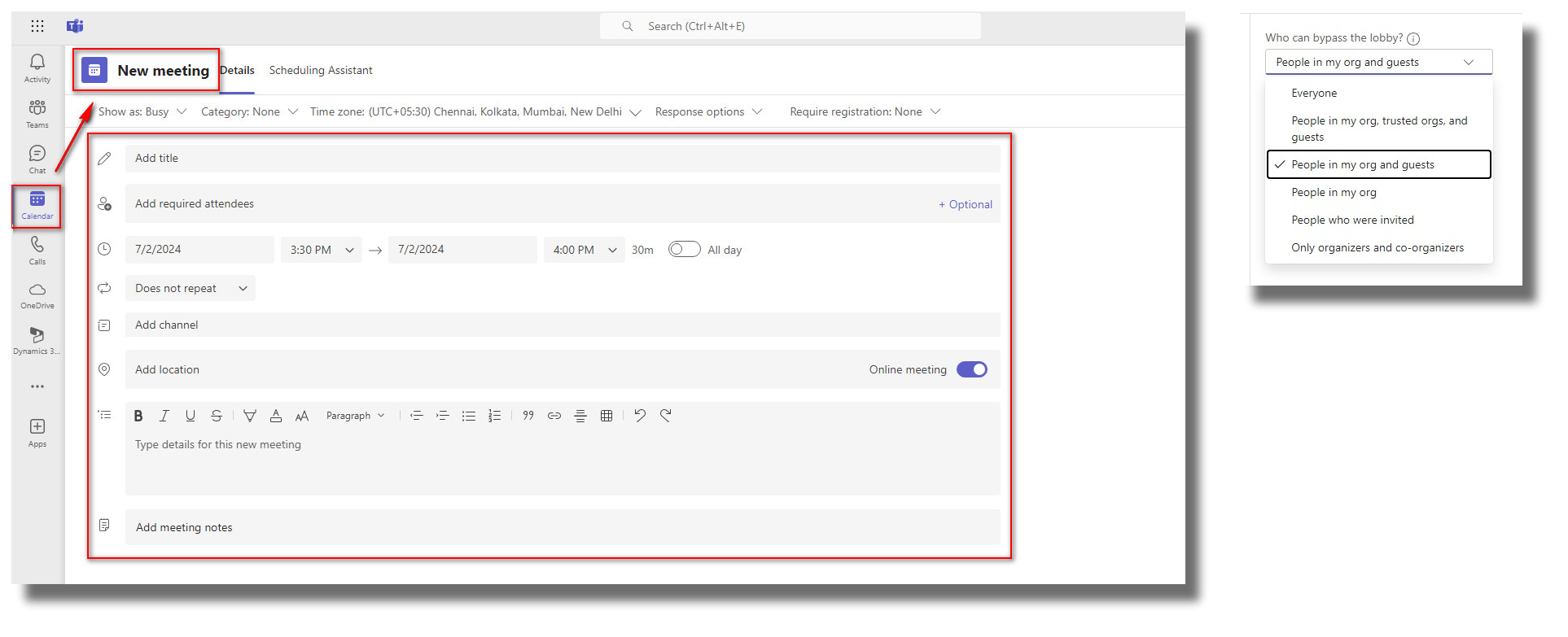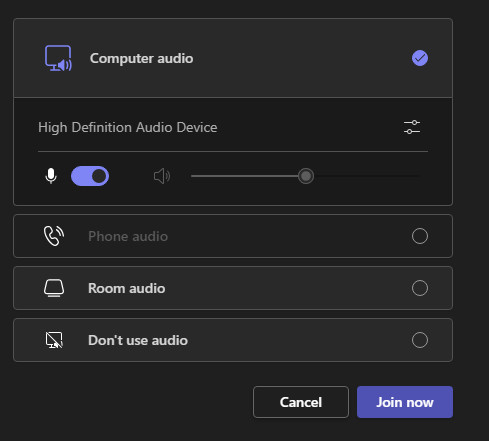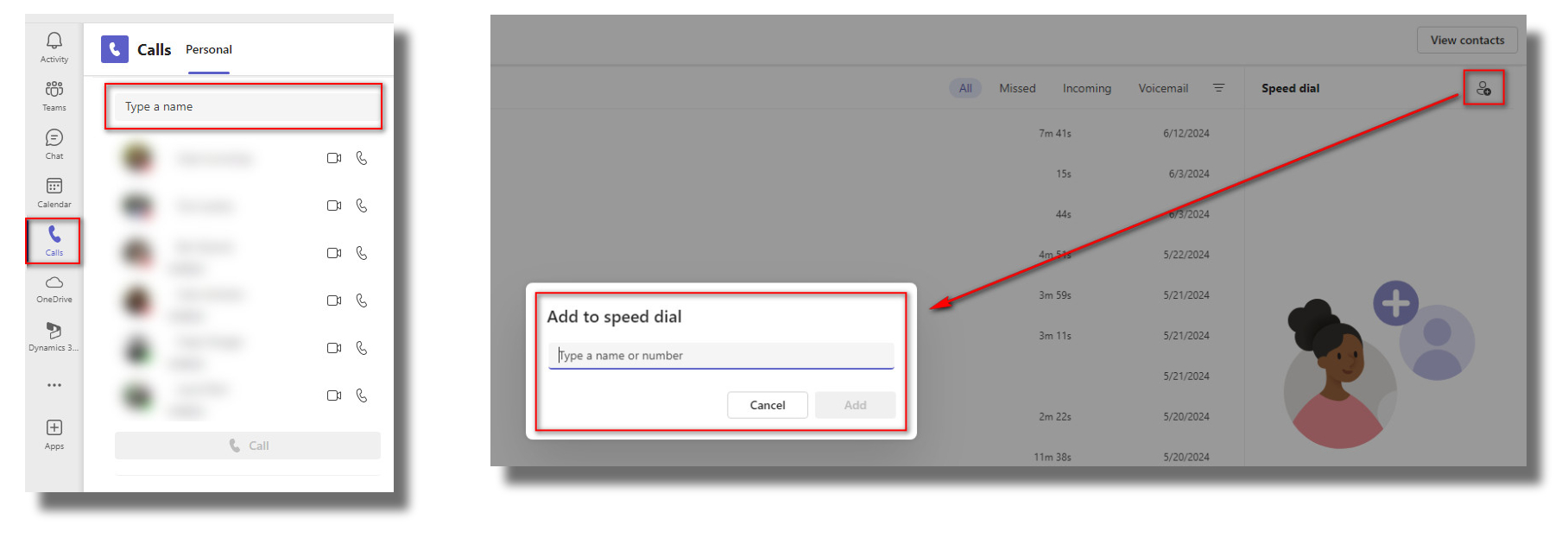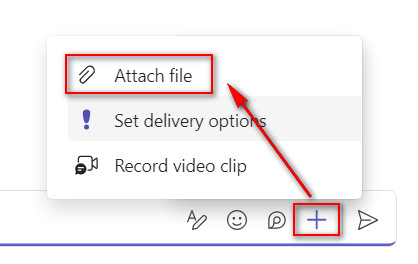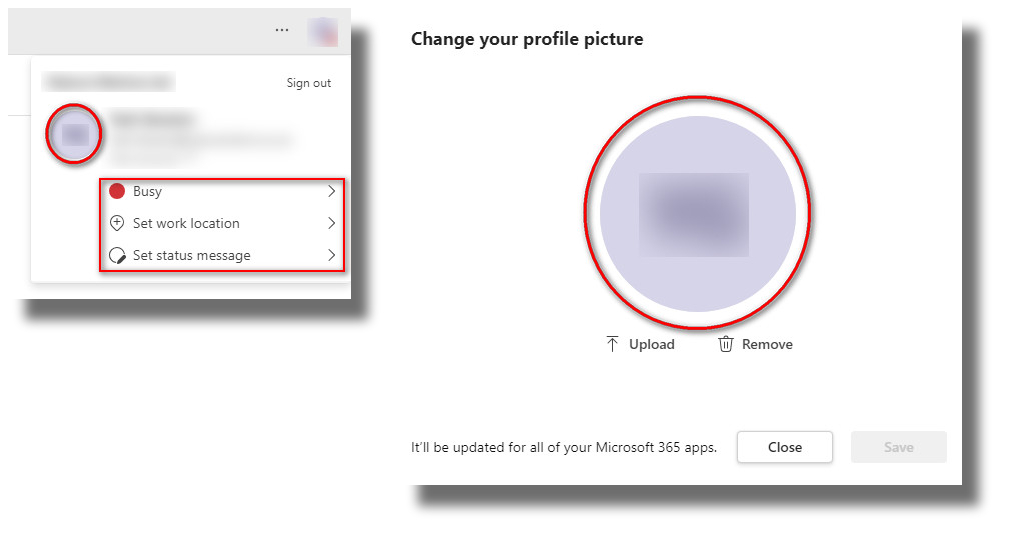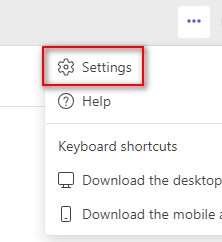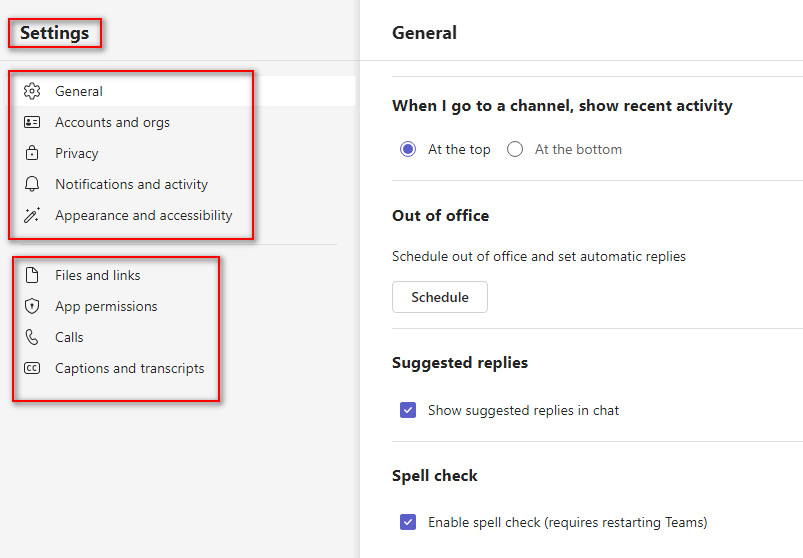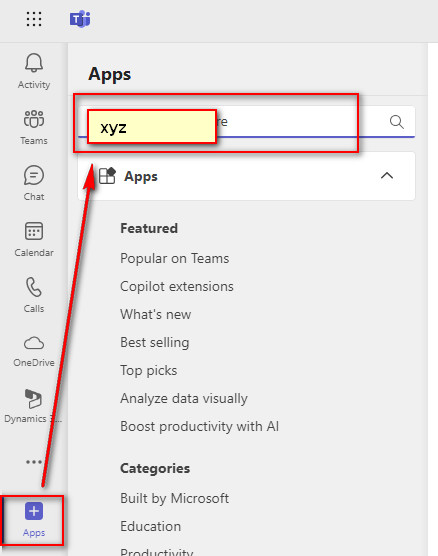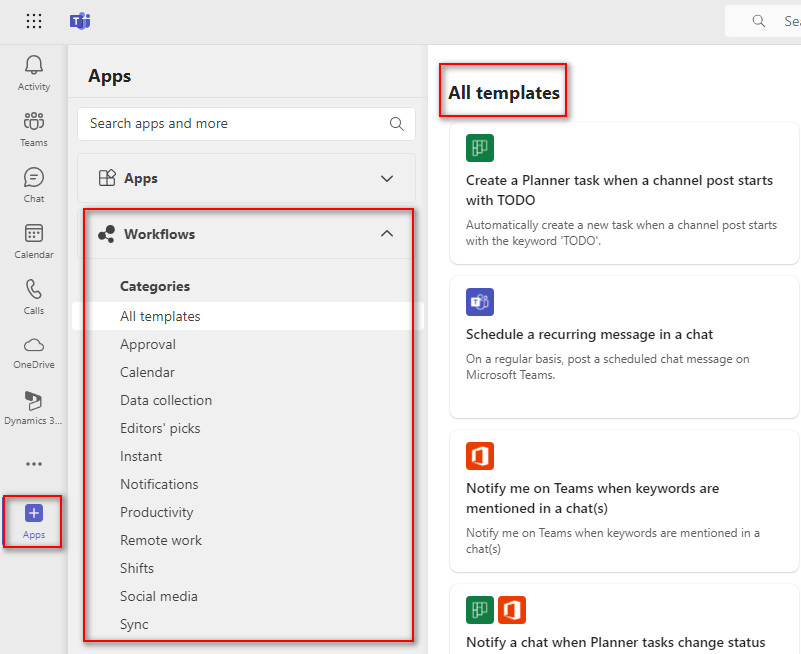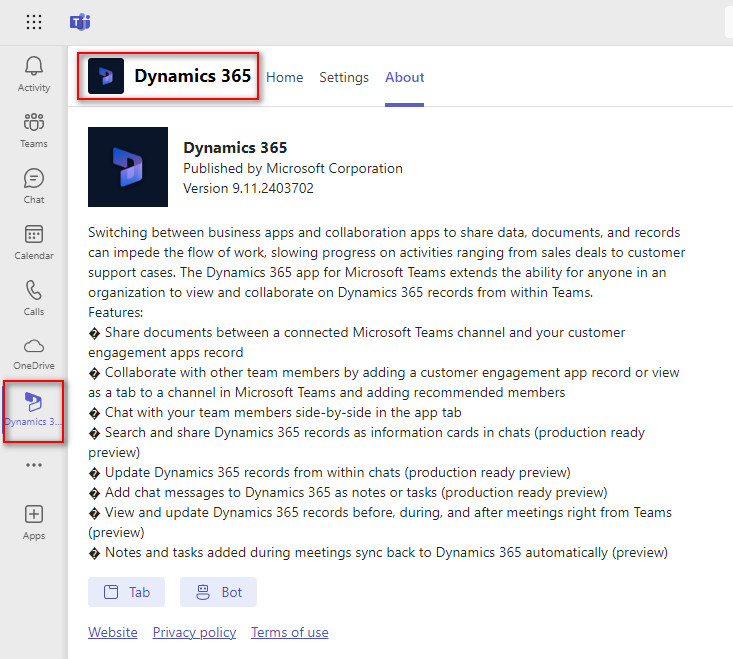Microsoft Teams is a platform that brings people, content, and tools together to improve teamwork. Launched in 2017 by Microsoft, it integrates workplace chat, video conferencing, file storage, and applications. Its easy-to-use interface and powerful features make it a central hub for Office & Dynamics 365 users.
Microsoft Teams is more than just a communication tool, it provides a unified workspace for conversations, content, and collaboration, with extensive customization and strong security. It supports the needs of both small businesses and large enterprises, offering flexibility and functionality for today’s dynamic work environment.
1. Sign In and Set Up Teams
- Download and Install:
- Go to the Microsoft Teams website and download the app for your operating system.
- Follow the installation instructions.
- Sign In:
- Open the Teams app.
- Sign in with your Microsoft account credentials. If your organization uses Office 365, use those credentials.
2. Navigation Overview
- Activity Feed: See all your notifications and alerts.
- Chat: Start or continue private and group conversations.
- Teams: Access your teams and channels.
- Calendar: View and schedule meetings.
- Calls: Make and receive calls.
3. Create or Join a Team
- Create a Team:
- Click on the Teams tab on the left sidebar.
- Click “Join or create a team” at the bottom of the Teams list.
- Select “Create team”
- Choose a team type (Private or Public) and enter a name and description.
- Add members to your team.
- Join a Team:
- Click on “Join or create a team.”
- Enter a code if you have one, or browse for a team to join.
4. Channels
- Create a Channel:
- Click on the three dots next to the Teams name.
- Select “Create channel.”
- Enter a name and description for the channel.
- Choose the Channel type wisely.
Tips While Using Channels:
- Post messages, share files, and collaborate on documents within a channel.
- Use @mentions to get the attention of specific team members.
5. Chat and Conversations
- Start a New Chat:
- Click on the Chat tab.
- Click on the “New chat” icon next to the search bar.
- Type the name of the person or people you want to chat with.
- In a Chat:
- Use the toolbar below the message box to format text, attach files, and add emojis or stickers.
- Make video or audio calls directly from the chat.
6. Meetings and Calls
- Schedule a Meeting:
- Click on the Calendar tab.
- Click “New meeting.”
- Fill in the meeting details: title, attendees, date, and time.
- Add a location or make it an online meeting.
- Click “Save” to send the invites.
- Join a Meeting:
- Click “Join” to enter the meeting.
- Select the options according to your preferences.
- During a Meeting:
- Use the toolbar to mute/unmute, turn the camera on/off, share your screen, and more.
- Easy access to call:
Use the calls section for managing your calls and easy access to the contacts by adding it to the “speed dial”
7. File Sharing
Share Files:
- In a chat or channel, click the paperclip icon to upload files from your computer or OneDrive.
8. Customization and Settings
- Profile Settings:
- Click on your profile picture in the top right corner.
- Update your profile picture, status, and account settings.
- App Settings:
- Click on the three dots in the top right corner of “Settings”
- Customise notifications, appearance, and other preferences.
9. Using Apps and Integrations
- Add Apps:
- Click on the “Apps” icon in the left sidebar.
- Browse or search for apps to add to your Teams workspace.
- Using Tabs:
- Add apps, documents, and other tools as tabs within a channel for easy access.
- App Integrations:
- Dynamics 365 and Microsoft Teams integration allows users to access and share Dynamics 365 data directly within Teams.
- This integration enhances collaboration by providing real-time access to customer information, documents, and workflows without switching applications.
Tips for Effective Use:
- Regularly Check Notifications: Keep up with important updates and mentions.
- Use @Mentions Wisely: Direct messages to specific individuals or the entire team as needed.
- Organize Channels: Create channels for different projects or topics to keep conversations organized.
- Leverage Integrations: Utilize integrated apps and services to enhance productivity.
By following these steps, you’ll be well on your way to learning Microsoft Teams and enhancing your experience.
At StaffCloud, we know everything about Microsoft Teams and use it proficiently as a mode of communication. Our team is well-versed in its features and capabilities, ensuring seamless collaboration and productivity across all projects. By leveraging Microsoft Teams, we maintain efficient workflows and effective communication, making it an integral part of our daily operations. For more inquiries contact us at support@staffcloud.net OR fill in your requirements here.
